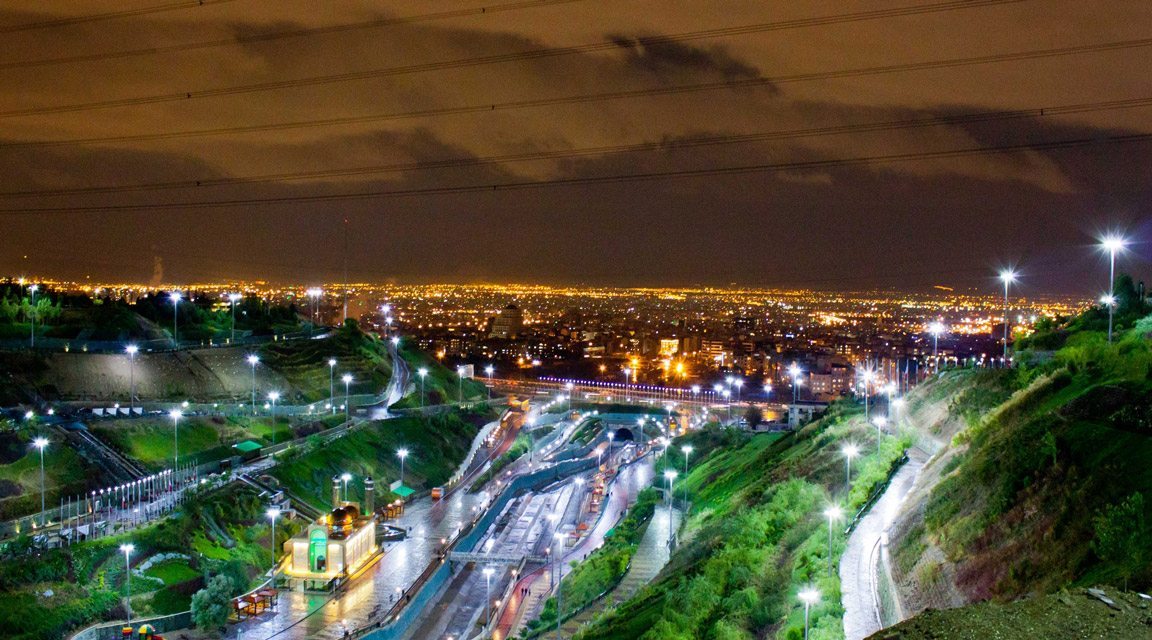

Debt repayments and frozen assets begin to flow
Iran has begun to receive billions of dollars in frozen assets and payments delayed by sanctions.
A government spokesperson has claimed that $100bn in frozen assets were fully released.
The majority was the proceeds of oil sales to Asian countries held in escrow accounts due to sanctions. US-based Moodys Investors Services estimate frozen foreign assets total $150bn.
The bulk of the funds will be held offshore to be used by Iranian companies for payments abroad, and to avoid a return to high inflation.
There is no need to bring the money in, Mohammad-Baqer Nobakht, director of Irans Management and Planning Organisation and presidential advisor told local Alalam television channel. It is likely that a certain amount which is needed is brought in. But altogether, it is not necessary because we can use it in our (overseas bank) accounts.
Of this, the government owns $6bn to $7bn, with more due to the Central Bank and National Development Fund, a sovereign wealth fund.
The Central Bank is expected to use some funds to recapitalise Iranian banks, which have high levels of problem loans. The other funds owned by the Central Bank include foreign currency reserves.
Foreign companies are also beginning to come to agreements on debts accrued due to sanctions, the Minister of Petroleum Bijan Zangeneh told local Shana News.
Oil companies owe over $4bn to Iran for deliveries dating back to 2011 and 2012. This includes $2.7bn from UK/Netherlands Royal Dutch Shell and undisclosed sums from Greeces Hellenic Petroleum and Italys Saras and the UAEs Emirates National Oil Company. Shell reportedly plans to pay its debts as soon as this becomes legal.
Iran is also hoping for the return of $50bn which it loaned to Naftiran Intertrade Company (Nico), a Swiss subsidiary of the National Iranian Oil Company, reports the UKs Financial Times.
Some funds will also flow out of Iran as local companies settle sanction-era debts. Irans Central Bank agreed to pay Italys export credit agency (ECA) Sace 564m ($614m) and an undisclosed amount to French ECA Coface.
The Iranian government and state-owned companies also have local debts to settle with banks and contractors.
MEED reported that Iran was planning to pay over $1bn due to contractors in treasury bills, but much more may be due for projects underway.
Other state debts include $14.9bn in end-of-service gratuities to retired public sector employees and between $21.5bn and $33bn owed to banks, according to the Financial Times.
Iran is seeking hundreds of billions of investment in its economy, which was severely weakened by nuclear sanctions.
You might also like...

TotalEnergies to acquire remaining 50% SapuraOMV stake
26 April 2024

Hyundai E&C breaks ground on Jafurah gas project
26 April 2024

Abu Dhabi signs air taxi deals
26 April 2024

Spanish developer to invest in Saudi housing
26 April 2024
A MEED Subscription...
Subscribe or upgrade your current MEED.com package to support your strategic planning with the MENA region’s best source of business information. Proceed to our online shop below to find out more about the features in each package.



